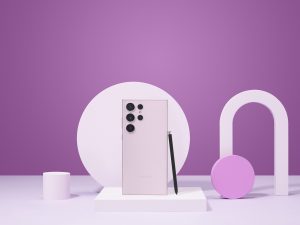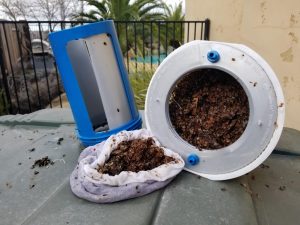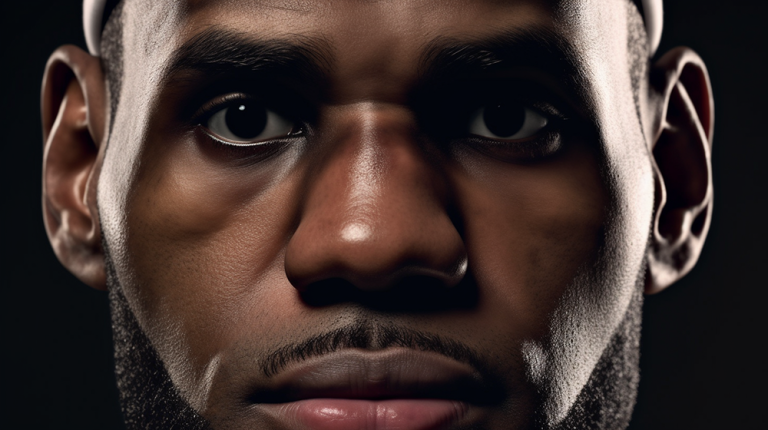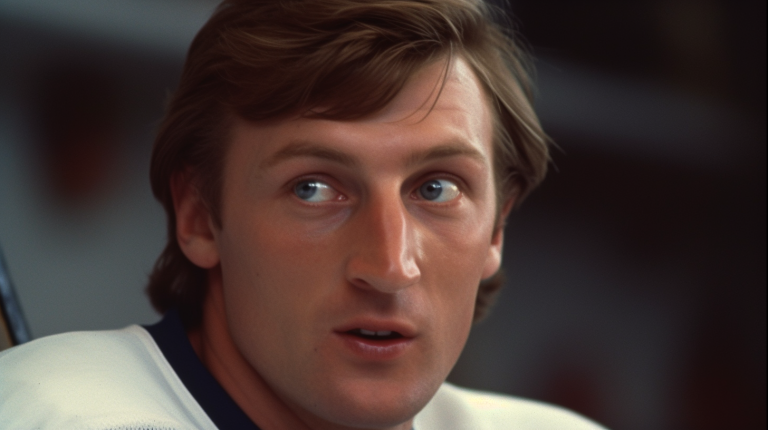I had the chance to interview tinyBuild CEO Alex Nichiporchik about all things publishing, and of course, Mr. Shifty. So, grab a drink and relax, this is a long one.
Nintendo Today: On Reddit, you mentioned that locking Mr. Shifty to 30 fps helped you maintain the right “feel” for Mr. Shifty. Now this being a fast-paced, action-packed game, it seems like this is a title that would heavily benefit from 60 fps rather than 30 fps. Though we understand that looks can be deceiving, at first glance, it seems like the Switch would be more than powerful enough to handle Mr. Shifty at 60 fps. So, what lead you guys to decide that, in this instance, 30 fps was the better choice?
Alex Nichiporchik: It’s all about the physics which are tied to the amount of frames per second. We needed consistency in the experience, and locking the game at 30fps helped achieve that.
NT: It’s been awhile since the Nintendo Switch was launched, but as a publisher and developer, what was your reaction? What did you think about your consumers being able to enjoy the your games on-the-go or on the big screen? And what kind of opportunities does the Switch open up for you?
AN: It’s always very exciting to see a new platform come to market, especially in these times when consoles are doing hardware refreshes. It’s also scary — because we all know what happened to the Vita when mobile gaming exploded. Perhaps the console I spent most time with during my teens was the PSP, as it was always there, ready to go and had Burnout. So when we saw the Switch, the first question that came to mind was what would sell the console. What game would it be? By pushing out Zelda alongside the Switch, suddenly we had a great game that sells a brand new type of console. And it turns out that playing AAA-games in bed is something I never knew I wanted. Or on a transatlantic flight. And then I can pop in that console for a “home/couch” experience.
So when you ask what was our reaction — it was pure awe seeing the launch executed so well. This opens up a ton of opportunities for developers to bring games to a large userbase on a device that’s never been done before. I’m super excited to see what developers will achieve with the controls, the instant-on style of gameplay, the fact it also has a touch-screen, etc.
NT: We’ve seen with VOEZ developer Rayark Inc. that Nintendo is open to developers making Switch games that utilize just the touch screen. What are your thoughts on this and have there been any mobile developers who’ve approached you wanting to take advantage of this style?
AN: We’ve actually been talking about how many mobile games feel underwhelming with virtual joystiq controls. These games usually have high visual fidelity and are AAA-level experiences, but just don’t feel right without physical controllers, or on a smaller screen. We’ve talked to devs who are excited to bring their initially-for-mobile games to the Switch. Personally, I’ve been using the touch-screen for navigation and that works. I can see games with complex inventory menus leverage it a lot. It’s just intuitive to “slide” and “throw” items around and out of your inventory, just like with a mouse.
NT: When people think about getting into the gaming industry, they typically think development. Yet, there’s also the business side of things with publishers making deals and whatnot. What advice would you give to people who would prefer to venture down that path?
AN: My advice would be for them to go get any game engine, and start making games. You don’t have to be good at it, or make something that’ll ship. You need that knowledge to understand how modern game development works, and see what it feels like to be an indie. With that knowledge you open up many more doors. My advice would be to work on hobbyist projects, and then search for entry-level jobs at QA. Work your way up to a Producer/Project Manager Role, and grow your marketing skills.
The games industry is product-first, so knowing how products are made gives you an edge over every other aspects — like making deals, marketing, etc. You will be much better equipped for these positions coming from a Production background. Plus, you might just end up doing something you didn’t know you’d be great at. This path opens up many doors.
NT: TinyBuild Games has a very large history of both publishing and developing games from Hello Neighbor to Punch Club, and even Mr. Shifty. You guys have worked with a variety of platforms. With the Nintendo Switch being a new platform offering new possibilities and an audience that’s hungry for content, might we see some of your other games ported over to the Switch?
AN: Yes 🙂
NT: What does tinyBuild’s current future look like for the Nintendo Switch? Are there any games you can tell us about that you have coming to the platform down the road?
AN: There’s news coming very soon! And it’s super exciting.
NT: The internet can be a very volatile place where headlines are extracted from out-of-context quotes. In light of recent events, what advice do you have for developers who might not have the resources to hire a dedicated Community Manager, but still want to maintain that important connection with their audience?
AN: My main advice would be to not overwork yourselves. People can make unwise decisions when they’re overworked, and when you’re crunching it’s easy to forget to rest. Remember, if you’re well rested, odds are you will achieve more in 10 hours than you would in a non-stop 18 hour crunch. Keeping a clear head is very important.
NT: How does Nintendo’s approach to publishing games on the Switch eShop differ from publishing on Microsoft or Sony’s digital storefronts?
AN: There are many different processes involved. I’m happy that Unity is supported from the get-go, so it makes integrating it into our familiar process rather easy.
NT: Being a developer, what are your thoughts on the Switch’s power compared to the PlayStation 4 and Xbox One? In the past, a lot of developers reasoned that they couldn’t bring their games to the current Nintendo platform because it wasn’t powerful enough. Would you say that’s still an issue with the Switch?
AN: I think it’s not been about power for a few years now. If you remember last console generation, everyone was freaking out about graphics and the latest visually stunning game. We’ve reached a level where games as an artform is what’s important. It’s more about if it makes sense to bring a game to a specific console. The question is always — will anyone buy it? And when there’s an audience that’s very passionate and is growing rapidly, the answer is — yes, odds are someone will buy it.
NT: When Nintendo accepts a patch submission, is there a strategy to figuring out when to make it available to the consumer or do you do that as soon as you get the OK?
AN: We carefully plan out our launch dates in advance. It takes a lot of work between us, the platform, the original development team, and potential launch partners. Also, not releasing on days when other massive games are coming out.
NT: What’s next for Mr. Shifty on Switch? Do you and Team Shifty have plans for any DLC or new content?
AN: We’re now focused on bringing out a patch that eliminates the occasional stutter and slowdowns. We aim for submitting early next week. For now, we’ve realized that on retail units the technical issues are eliminated by rebooting the console.
Once the patch is out of the way, we will see what the future holds for Mr. Shifty
Community Inquiries
1. The recent Xbox Scorpio reveal had its focus on raw power, components and numbers, whereas Nintendo has been all about the games and features with Switch. Is the game-centric strategy adopted by Nintendo a plus for an indie developer or at the end of the day it’s all about graphics and installed base?
AN: It’s all about the install base and if there’s a good way to get discoverability amongst that base.
2. There was mention of building their own game engine in C++ which must have been a mistake considering how much Unity was mentioned after, it’s a little confusing. I would like to know what they built the game with and more details on the Seattle based team who handled the port and how they did it.
AN: This was some miscommunication. The game is built in Unity. In the beginning of the year, our studio in Seattle with experience in bringing Unity games to consoles started working with Team Shifty to bring the game to Switch. Both teams worked around the clock — with our team doing development, and Team Shifty doing a ton of testing, to ensure the game feels right on Nintendo Switch. I understand there might be an impression that we just flatout outsourced somewhere, but that is not the case. We do all of our porting in-house between 2 studios, one in Amsterdam (Netherlands), and second in Seattle (USA). Our publishing operations are also based in Seattle, where the Amsterdam studio is also co-developing SpeedRunners.
I want to take this chance to say thank you to Alex Nichiporchik for the fantastic interview and thank you to the readers who submitted questions!








